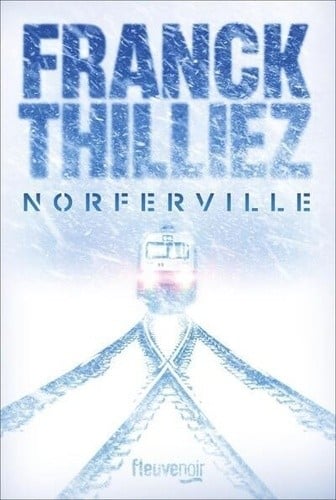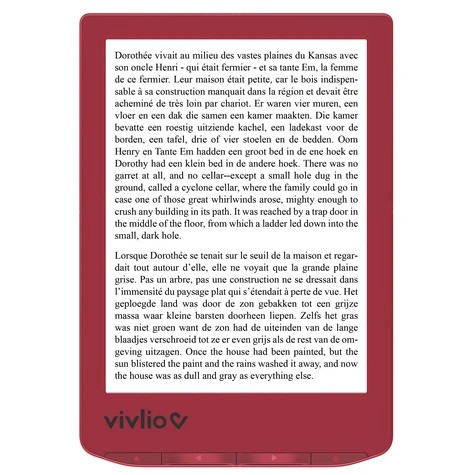En cours de chargement...
Author and Photographer Marques Vickers examines a propaganda story introduced by Russian President Vladimir Putin crediting himself with single-handedly defusing a hostile East German crowd intent on ransacking the Dresden KGB offices in 1989. This edition recounts the narrative, first related in Putin's published memoirs "First Person" (2000) and later embellished in a 2009 broadcast via a Russian national television documentary.
Between 1985 and 1990, Putin was stationed as a KGB officer in Dresden, Germany, the third largest city of the German Democratic Republic (GDR). He was officially titled as a consular officer, but most scrutinizing Western observers have concurred that his energies were directed towards recruiting spies and siphoning out information regarding West German high technology industries. Other media sources have conjectured that he commanded an investigative team with the East German Stasi police that investigated political crime within the GDR.
On the evening of December 5, 1989, a large crowd (speculated at 15, 000 people) reportedly surrounded the Dresden Stasi prison. They then entered the facility overwhelming the outnumbered guards. The compound was located across the road from Putin's KGB bureau. The event occurred one month following the fall of the Berlin Wall. That same evening, Putin elaborated that a faction of the crowd descended upon the KGB offices.
In First Person, Putin elaborated that he verbally confronted and defused the crowd's hostile intentions by persuasion. Their intention was to ransacking the KGB compound. In a 2009 Russian television documentary, a modified version indicated that he brandished a pistol and threatened to shoot anyone trespassing into the facility. The documentary account accentuated the menacing conditions and heightened Putin's heroics.
The size of crowd has never been determined. The incident was not published at the time either. Two cited crowd participants confirmed the story over twenty years later, but their credibility has never been publicly authenticated. Russian media has integrated this encounter prominently into their character construction of Vladimir Putin. Did the incident actually occur? There are significant reasons for doubt.
Putin's tenure in Dresden and intimate view of the GDR's collapse has been acknowledged as an influential contributing factor to his hard-line and aggressive foreign policy. His conclusions regarding the momentum of change a unified crowd can provoke has prompted his own tight internal controls within Russia. The 102-page book features over 100 photographs of the Dresden KGB bureau, Stasi prison facility including a decrepit Russian interrogation wing, the former nearby residence of the Putin family, and renovated core of Dresden's center city.
Vickers addresses the background, evolution and reconstruction of Dresden since the Russian Cold War occupation between 1945-1989. The author visited Dresden during the summer of 1990 when the city's once esteemed monuments and architecture languished in neglect and decay under the Soviet Occupation. The contemporary city center no longer resembles the wreckage that Putin once knew during his residence.
German reunification has completely upgraded and polished Dresden to aesthetic preeminence. The city was formerly known as the Florence on the River Elbe and the jewel of Prussian Empire aesthetics. Dresden stunning Baroque architecture has been rescued due to German taxation subsidies intended towards eastern rehabilitation. Vickers, in his research was unable to confirm or adequately contest Putin's account of 1989 events.
Understanding Putin's Dresden experience, however, has proven an excellent window into the thinking process of one of the world's most complex and perplexing national leaders.





